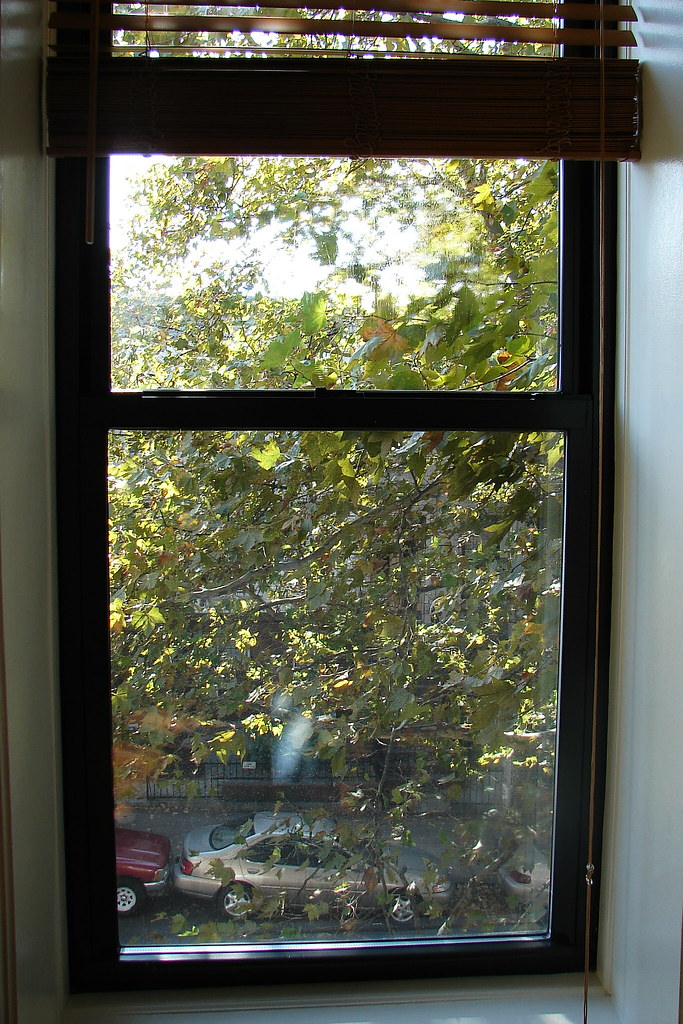
Notes from a Pandemic: On Chains of Isolation, and Transmission
I’m alone in my apartment, trying to understand what a city is. The internet assures me only that there is no clear answer—even the United Nations has three definitions for what constitutes a city. I’m fixating on population size, but even that’s slippery. An “urban area” can apparently be distinguished from a “metropolitan area,” but somehow the largest “urban area” in the United States is called the “New York metropolitan area” (wait, what?) which has recently been more broadly identified as a “metropolitan statistical area,” throughout which one large urban center spreads its web but the whole of which is not legally incorporated as a city. I look at the satellite image of a bright core and then yellow sparks clustered along the Atlantic Ocean, spreading. My head aches; all I see is a never-ending chain.
One comment on “Notes from a Pandemic: On Chains of Isolation, and Transmission”
Comments are closed.




We are Mishpuchah in the truest sense of the word. I was born in 1949, old enough to remember a neighborhood of row houses, where the families became Mishpuchah to each other by proximity, need and love. We all needed one another in some way and at sometime, in sickness and health, to grill in summer and play stick ball in the street.
I live in New Haven, Connecticut now, where we have recreated that feeling of Mishpuchah in our community. Today alone, my wife and I had neighbors drop off home baked bagels, come dance outside and offer to walk with us at the 6 foot distance required by the new social norm. I imagine the isolation of people without the safety net of mispuchah, and the image is miserable. Maybe as as the author says, we must, “Make new chains”, perhaps by recreating the very essence of who we are as a people, as Jews as refugees, as Mishpucah to each other.